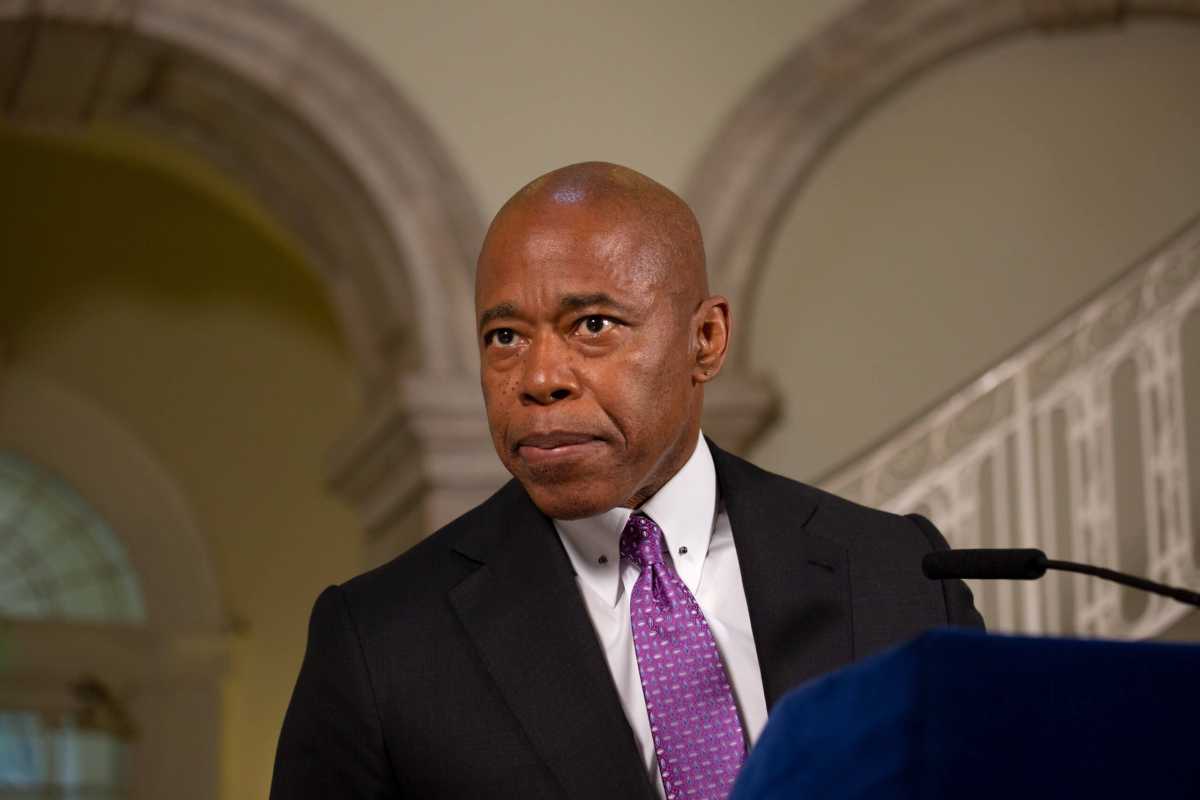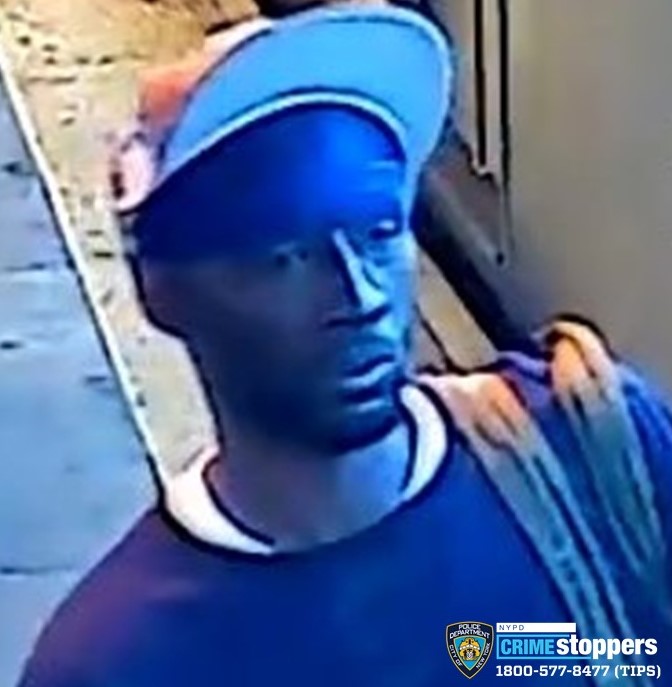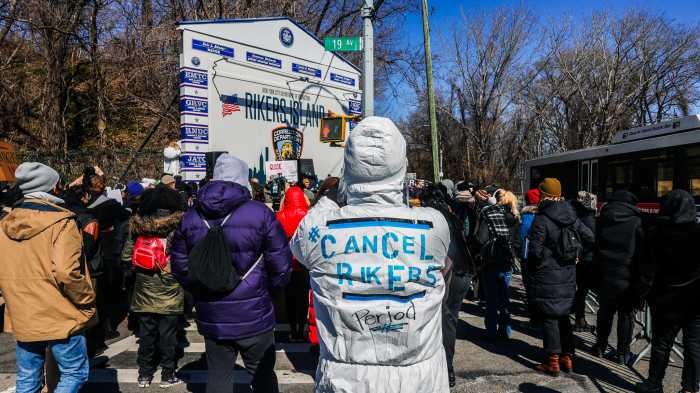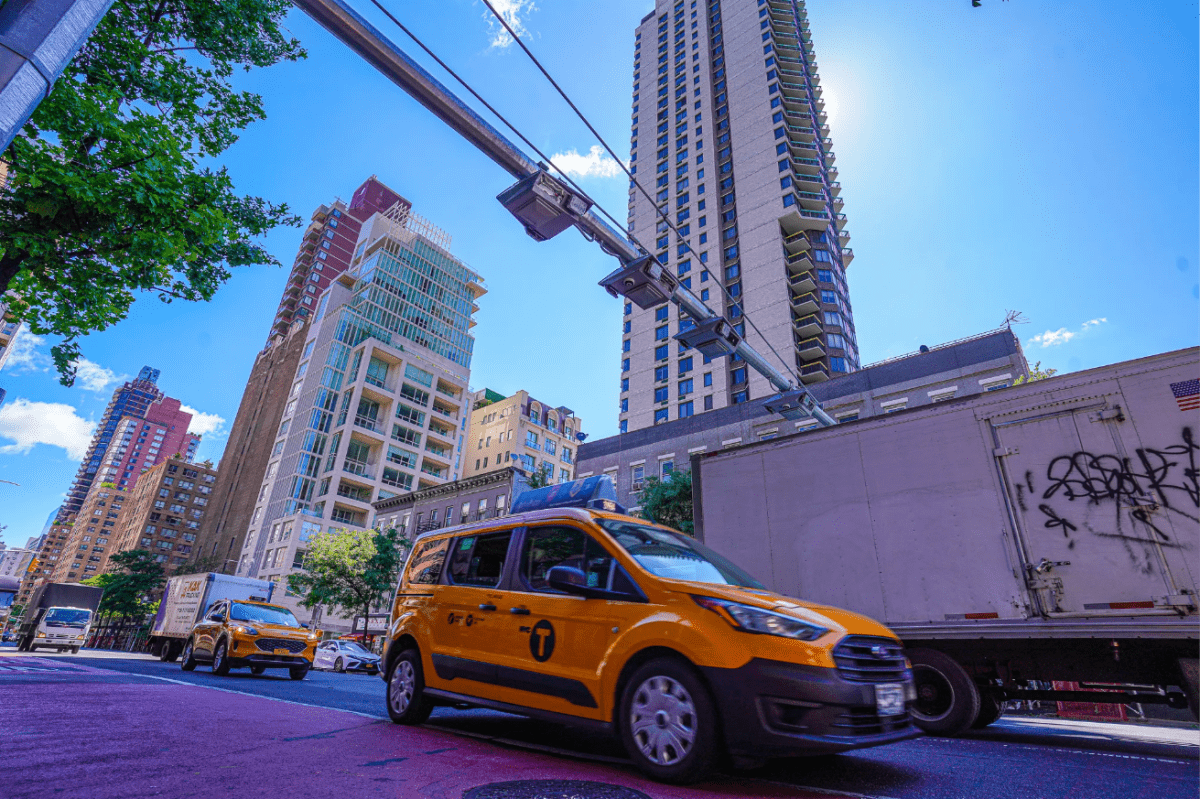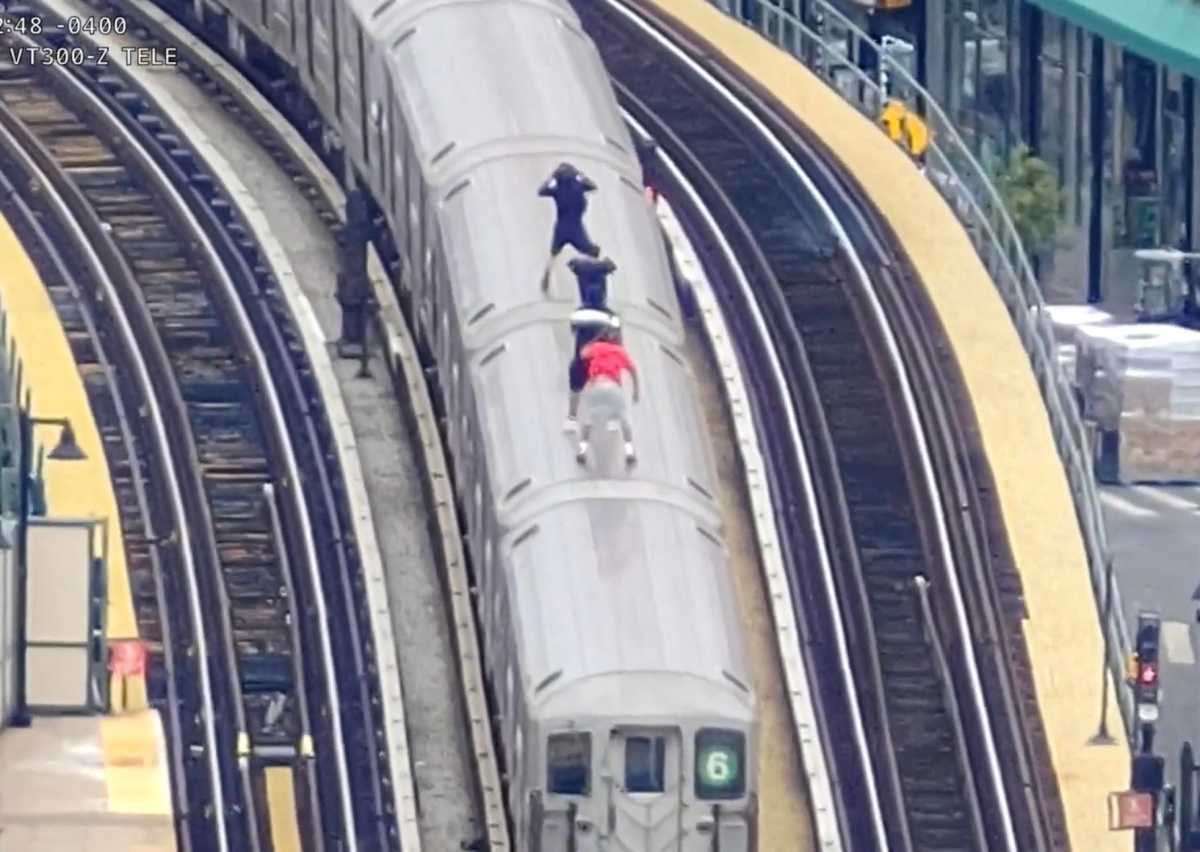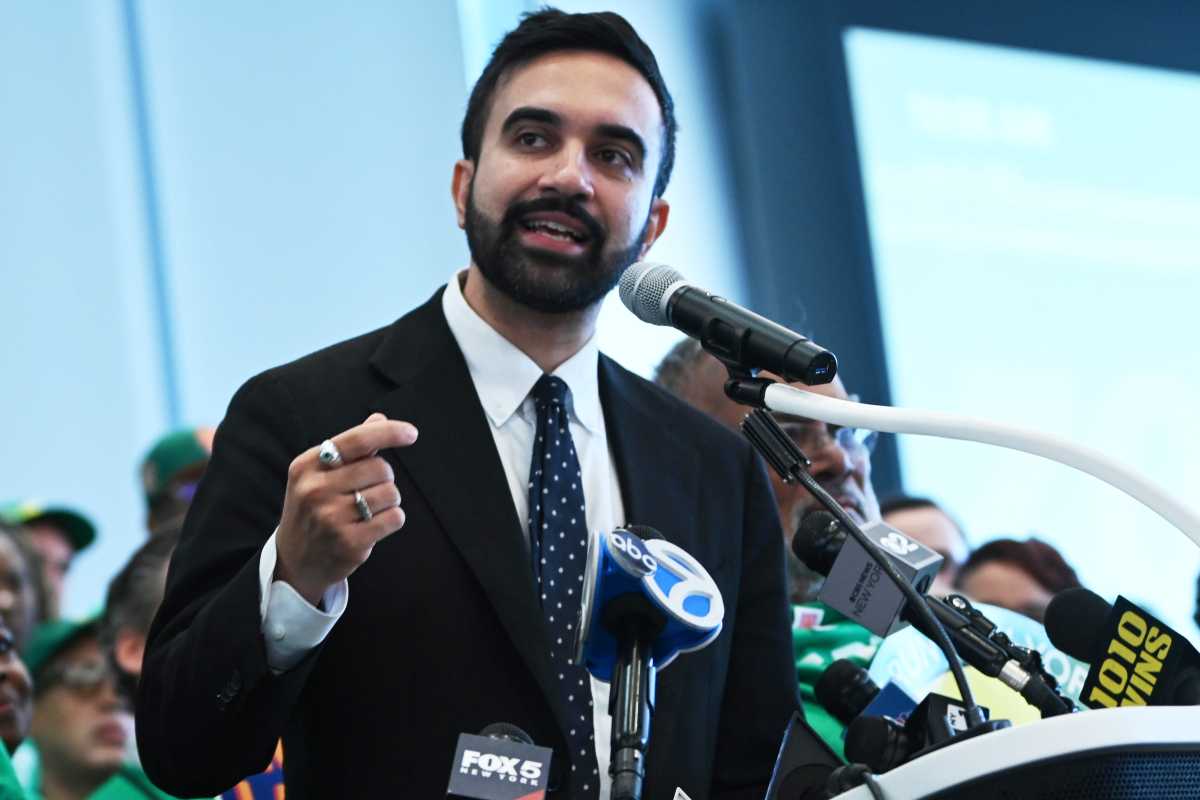This article was originally published on by THE CITY
The overdose prevention center in East Harlem was still a half hour from opening, but several people were already waiting outside this Thursday morning so they could enter to do drugs while under supervision.
“A lot of people, we don’t have nothing to do around here,” Anthony Robinson, 56, a heroin user who goes to the center on most days, told THE CITY. “And the drug epidemic is getting stronger and stronger by not having the center open at all hours.”
A block away, inside the 125th Street stop on the Lexington Avenue line, a man slumped against a station wall with a syringe on the floor next to him, while another man was out cold inside an unused NYPD booth near one end of the subway platform.
The grim scenes played out as Mayor Eric Adams said he backs making overdose prevention centers accessible around the clock. Adams cited THE CITY’s reporting on how some Upper Manhattan subway stations have turned into default drug use sites when nearby centers close.
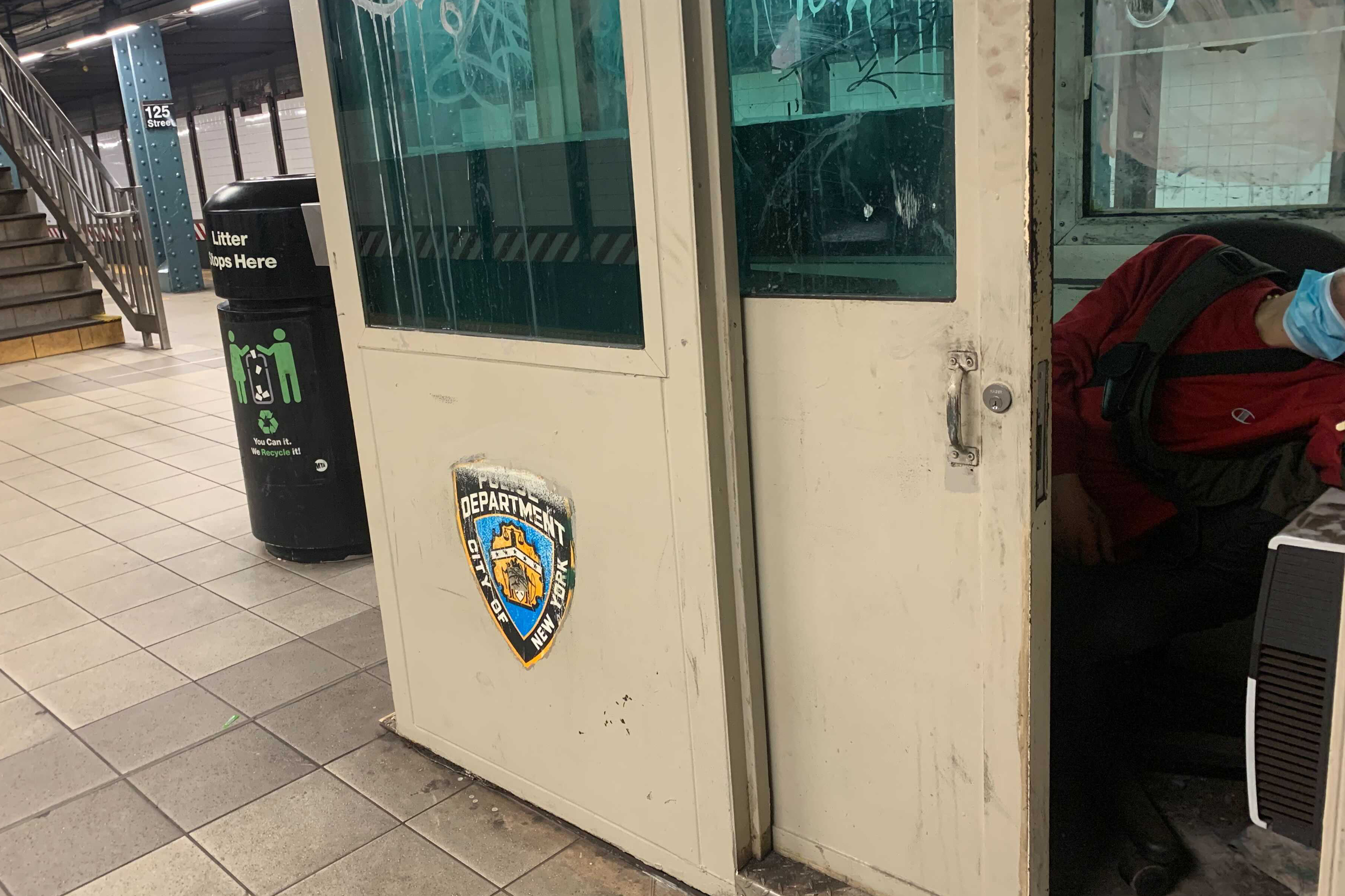
“It’s time to go further — this administration fully supports making overdose prevention centers accessible 24 hours a day,” Adams tweeted Wednesday night. “A crisis doesn’t wait and neither should we.”
MTA officials have called for the centers to be open 24/7, and Janno Lieber, the transit agency’s chairperson and CEO, said in March that stations cannot become “the second choice for where to inject” after closing time.
“The MTA has long said that the subways are no place for people in need of essential services to be sheltering,” Sean Butler, an MTA spokesperson, said in a statement. “We are pleased to see Mayor Adams call for 24/7 accessibility to overdose prevention facilities that continues his commitment to ensuring the subway system is exclusively used for transportation.”
It’s Really About Money
OnPoint NYC — which operates the first supervised overdose prevention centers in the country — said its staffers have prevented 297 overdoses since November, while attracting more than 1,200 participants at a time when overdose deaths have surged by nearly 20% in the city.
Officials with the nonprofit acknowledge that three deaths came during hours when the centers are closed, but said they welcome Adams’s support for keeping the overdose prevention centers open 24/7. Two deaths occurred inside Washington Heights subway stations, where the organization has proposed placing kiosks so drug users can dispose of syringes or other paraphernalia and be directed to drop-in centers for help.
“It’s just a blessing to have someone in that position do his due diligence and then stand behind us and do the right thing,” Samuel Rivera, executive director of OnPoint NYC told THE CITY. “Him saying that, it has to move people.”
But Rivera said OnPoint NYC needs more funding in order to meet its goal of keeping the centers open 24 hours a day and seven days a week.
“It’s really, at this point, about money,” Rivera told THE CITY. “We have an amazing program in place, we have staff who are providing the most gracious and beautiful services for our participants.”
He said City Hall is looking for ways to support OnPoint NYC.
“I know they’re trying,” Rivera said. “They want to fund us.”
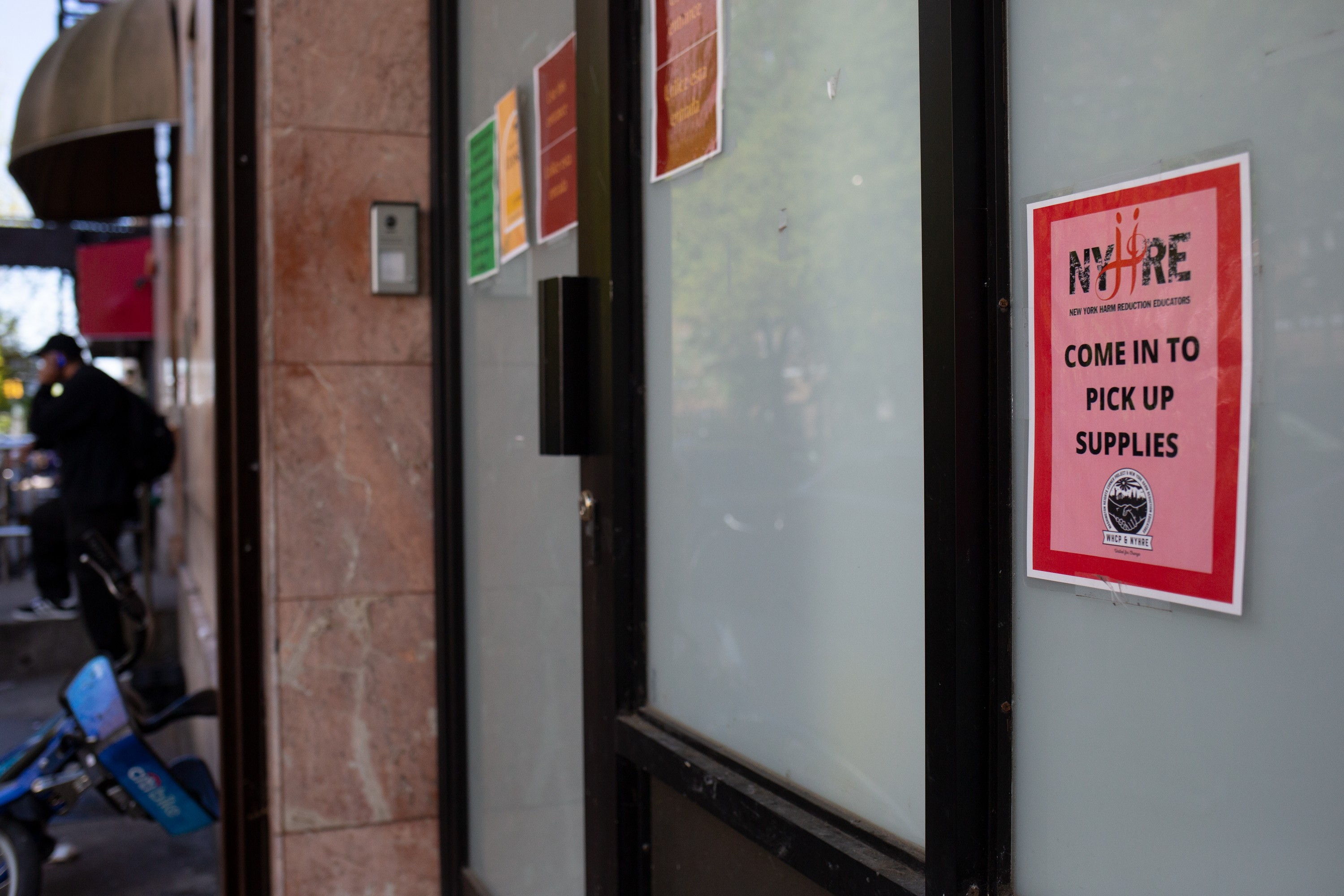
Several drug users who go to the centers said they head to the 125th Street station along the 4/5/6 lines and the 181st Street stop along the No. 1 line when OnPoint NYC’s facilities close.
“I go to the train stations, to buildings, to any safe places where I can do my thing,” a 51-year-old man who described himself as a crack cocaine user said outside the East Harlem location. “I would be better off if this place didn’t close at a certain hour.”
The Greater Harlem Coalition has been critical of “systemic saturation” of the neighborhood with drug-treatment facilities.
“It is just one of those examples how even a program doing incredible good and saving lives can still be part of a larger systemic problem,” said Shawn Hill, a co-founder of the group. “We literally have people commuting on the MTA lines to come to our neighborhood to deal drugs every day.”
Steps from where the two men were slumped on a platform at the 125th Street station, Cynthia Edwards said she was troubled by what she saw in the subway.
“To each his own, but it’s unfortunate,” Edwards, 40, said while waiting for a southbound train. “My daughter goes to school from this train station, too, but that’s what happens when they put these places in our neighborhood and not somewhere downtown.”
A 30-year-old man from Long Island, who asked to be identified only by his first name, Patrick, said drugs had drawn him to Harlem.
“This is where it’s at, this is where there is everything,” said Patrick, who told THE CITY he began using drugs at age 16. “But if that place were open, I wouldn’t be out in the streets like this.”
THE CITY is an independent, nonprofit news outlet dedicated to hard-hitting reporting that serves the people of New York.

